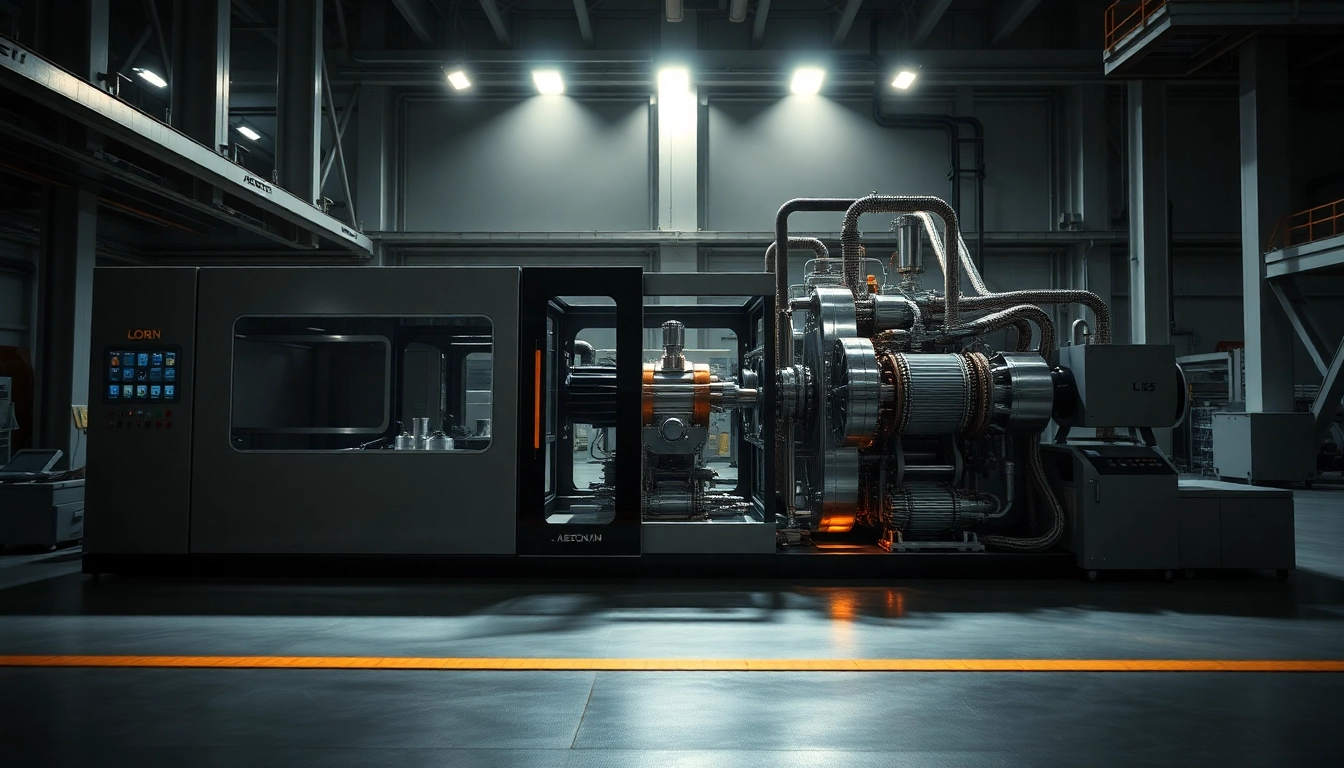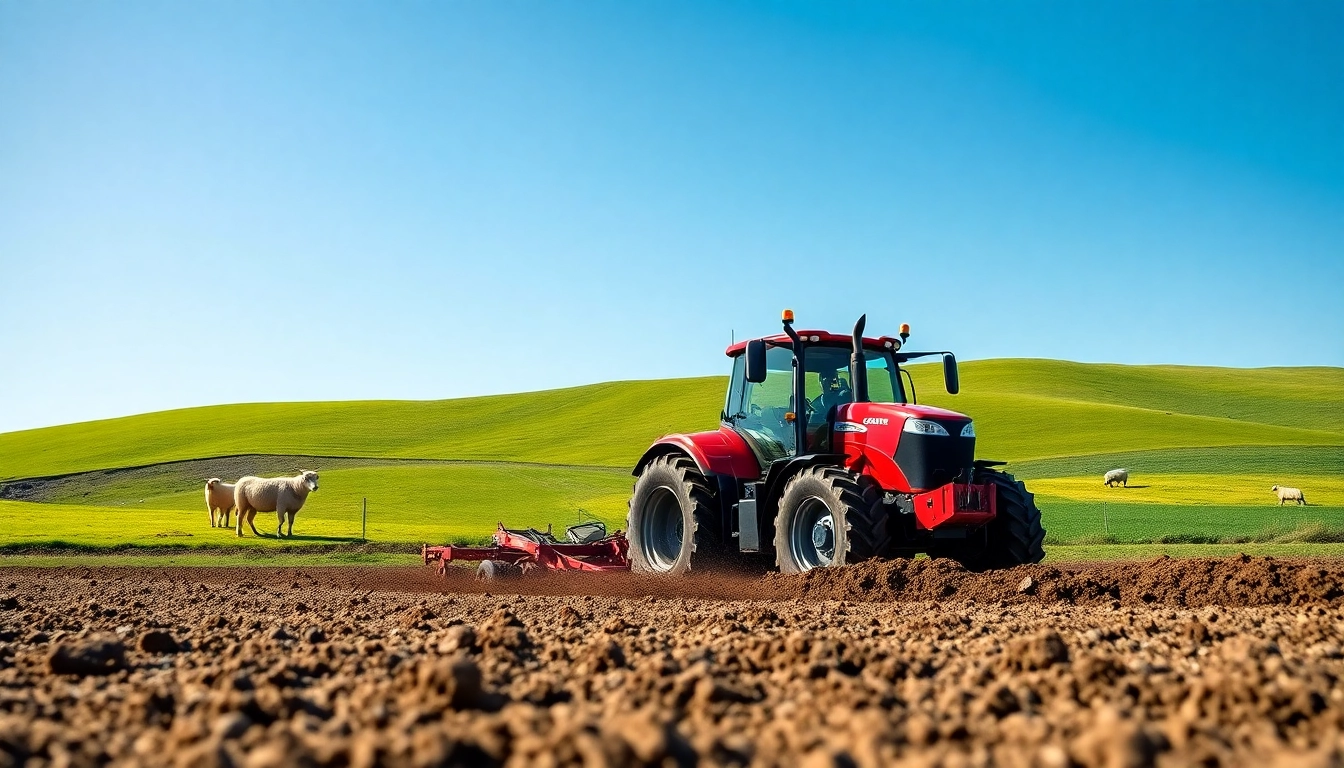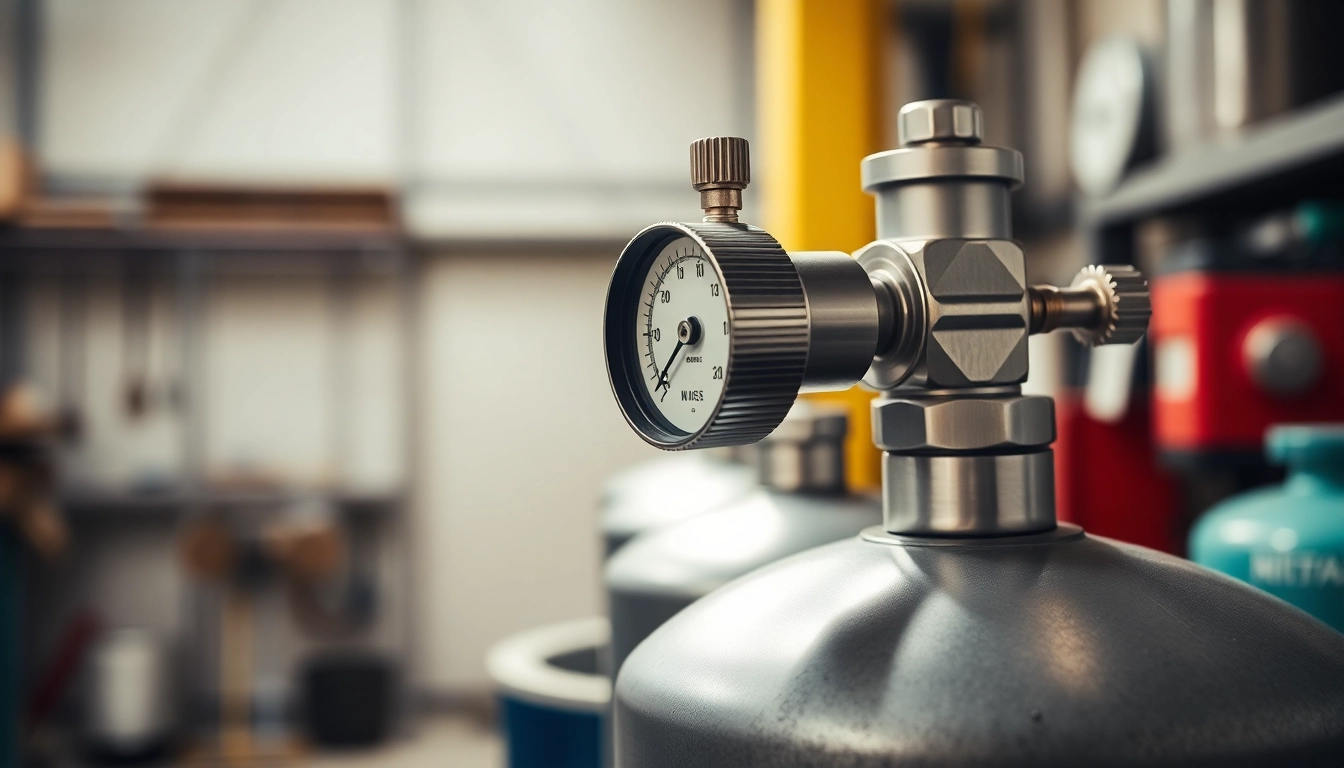Introduction to Blow Molding Machines
In the world of manufacturing, the efficiency and versatility of production methods often dictate a company’s success. Among these methods, blow molding stands out as a leading technique for creating a variety of plastic products. Understanding blow molding machines can open doors to new opportunities in manufacturing, offering innovative solutions for producing everything from bottles to automotive parts. In this article, we delve into the intricacies of blow molding machines, exploring their applications, benefits, and future trajectories. For those interested in enhancing their production capabilities, investing in a blow molding machine could be a game-changer.
What is a Blow Molding Machine?
A blow molding machine is a manufacturing tool used to create hollow plastic parts through a method that involves inflating a heated plastic preform until it takes the shape of a mold. This process is crucial in the production of various consumer goods, particularly in the packaging industry where containers, bottles, and tanks are prevalent. The machine utilizes air pressure to expand the plastic, ensuring that the resultant product maintains uniform wall thickness and structural integrity.
Key Applications of Blow Molding Technology
Blow molding technology finds applications across multiple sectors, including:
- Packaging: The most common use of blow molding is in the manufacture of packaging containers for beverages, food, and personal care products.
- Automotive Components: Blow molding is employed to produce parts such as fuel tanks and body panels.
- Consumer Products: Products such as toys, sporting goods, and household items often incorporate blow molded parts due to their lightweight and durable nature.
- Industrial Containers: Large containers for chemical storage and industrial use are often blow molded for safety and ease of use.
Types of Blow Molding Processes
There are several types of blow molding processes, each tailored to specific applications and material requirements:
- Extrusion Blow Molding (EBM): In this process, a continuous tube of molten plastic is extruded, expanded with air, and cooled inside the mold. Useful for high-volume production of large containers.
- Injection Blow Molding (IBM): This method involves injecting molten plastic into a mold to create a preform, which is then inflated in a second mold. It’s ideal for producing smaller, high-precision items.
- Injection Stretch Blow Molding (ISBM): Combines injection molding and blow molding, stretching the preform before inflation to enhance clarity and strength. Perfect for PET bottles.
Benefits of Using Blow Molding Machines
Cost-Effectiveness and Production Efficiency
One of the most significant advantages of using blow molding machines is their cost-effectiveness. The machinery is designed for high-volume production, allowing companies to lower per-unit costs substantially. Additionally, the effective use of materials leads to minimal waste, further reducing production expenses. The speed of production also enhances efficiency, enabling manufacturers to meet high demand without sacrificing quality.
Environmental Impact and Sustainability
Blow molding technology has evolved to minimize its environmental impact. Many manufacturers have adopted sustainable practices, using recyclable plastics and advanced machinery that decreases energy consumption. These improvements not only meet regulatory standards but also resonate with environmentally-conscious consumers, giving businesses a competitive edge.
Customizability and Versatility
Blow molding machines provide extensive customizability options, allowing for diverse product designs and shapes. This adaptability enables manufacturers to cater to various market needs and consumer preferences. Whether it’s developing unique bottle shapes or creating multi-layer containers with barrier properties, blow molding technology facilitates innovation.
Understanding Different Types of Blow Molding
Extrusion Blow Molding (EBM)
Extrusion blow molding is ideal for producing larger or irregularly shaped parts, such as bottles and containers. The process begins with the extrusion of a parison, which is then clamped inside a mold and inflated with air. The EBM process is characterized by:
- High Production Speed: Ideal for mass production of single-layer products.
- Cost Efficiency: Reduced tooling costs due to simpler mold designs.
- Material Compatibility: Suitable for a wide range of thermoplastics.
Injection Blow Molding (IBM)
Injection blow molding provides a solution for producing high-precision items and complex shapes. This method involves three primary steps: injection, blow, and cooling. The benefits include:
- Precision: High dimensional accuracy for complex geometries.
- Surface Finish: Superior aesthetic qualities due to smooth finishes.
- Material Efficiency: Minimal scrap material compared to other methods.
Injection Stretch Blow Molding (ISBM)
Injection Stretch Blow Molding is particularly popular for producing PET bottles. The process enhances the strength and clarity of the final product through two main steps: an injection phase followed by a stretch blow phase. Key benefits include:
- Improved Mechanical Properties: The stretching process enhances the tensile strength of the bottles.
- Clarity and Finish: High clarity, ideal for consumer products such as beverages.
- Customization: Offers more design flexibility for brand differentiation.
Choosing the Right Blow Molding Machine for Your Needs
Factors to Consider When Selecting Machines
When investing in a blow molding machine, several factors should be carefully considered:
- Production Volume: Understand the required outputs to select a machine that can meet production demands.
- Material Type: Different machines are designed for specific types of plastics; ensure compatibility for your materials.
- Mold Complexity: Assess whether your production needs low or high complexity molds and select a machine that suits your design requirements.
- Budget: Consider not only the upfront cost but also operational efficiencies and potential return on investment.
Common Mistakes to Avoid
Choosing the wrong blow molding machine can lead to costly errors. Here are common pitfalls to avoid:
- Ignoring Total Costs: Focus not just on the purchase price but also on operation, maintenance, and energy costs.
- Underestimating Future Needs: Select equipment that can accommodate future expansion or increased production requirements.
- Neglecting Quality Control: Invest in machines that ensure consistent product quality to avoid wastage and rework.
Maintenance Tips for Longevity
Proper maintenance is crucial in prolonging the life of blow molding machines. Consider implementing the following practices:
- Regular Inspections: Schedule routine checks to identify wear or potential issues before they escalate.
- Keep Equipment Clean: Regular cleaning can prevent contamination and ensure optimal performance.
- Invest in Training: Ensure that operators are well-trained in the machine’s operation and maintenance protocols to minimize human error.
The Future of Blow Molding Technology
Emerging Trends in Blow Molding
The blow molding industry is continually evolving, with several emerging trends shaping its future, including:
- Smart Manufacturing: Incorporating IoT technologies for real-time monitoring and automation to enhance production efficiency.
- Biodegradable Plastics: A move towards sustainable materials that minimize environmental footprints is gaining traction.
- Customization: Increasing demand for personalized products is driving innovation in blow molding techniques.
Innovation in Materials and Processes
Advancements in material science are leading to the development of polymers with enhanced properties suitable for blow molding applications. Innovations such as:
- Lightweight Materials: Development of materials that offer strength without the added weight.
- Recyclable and Biodegradable Options: The growing demand for eco-friendly alternatives is influencing material choices within the industry.
- Enhanced Additives: Incorporating functional additives that improve performance characteristics of molded products.
Case Studies of Successful Implementations
To showcase the effectiveness of blow molding, consider the case of a leading beverage company that revamped its bottle production through the use of an advanced blow molding machine. By switching to an Injection Stretch Blow Molding process, they achieved:
- 30% Reduction in Material Costs: The enhanced efficiency and less material waste led to significant savings.
- Increased Production Speed: The company was able to meet a 50% increase in demand without compromising quality.
- Improved Customer Satisfaction: Higher quality product consistency led to better market feedback.



